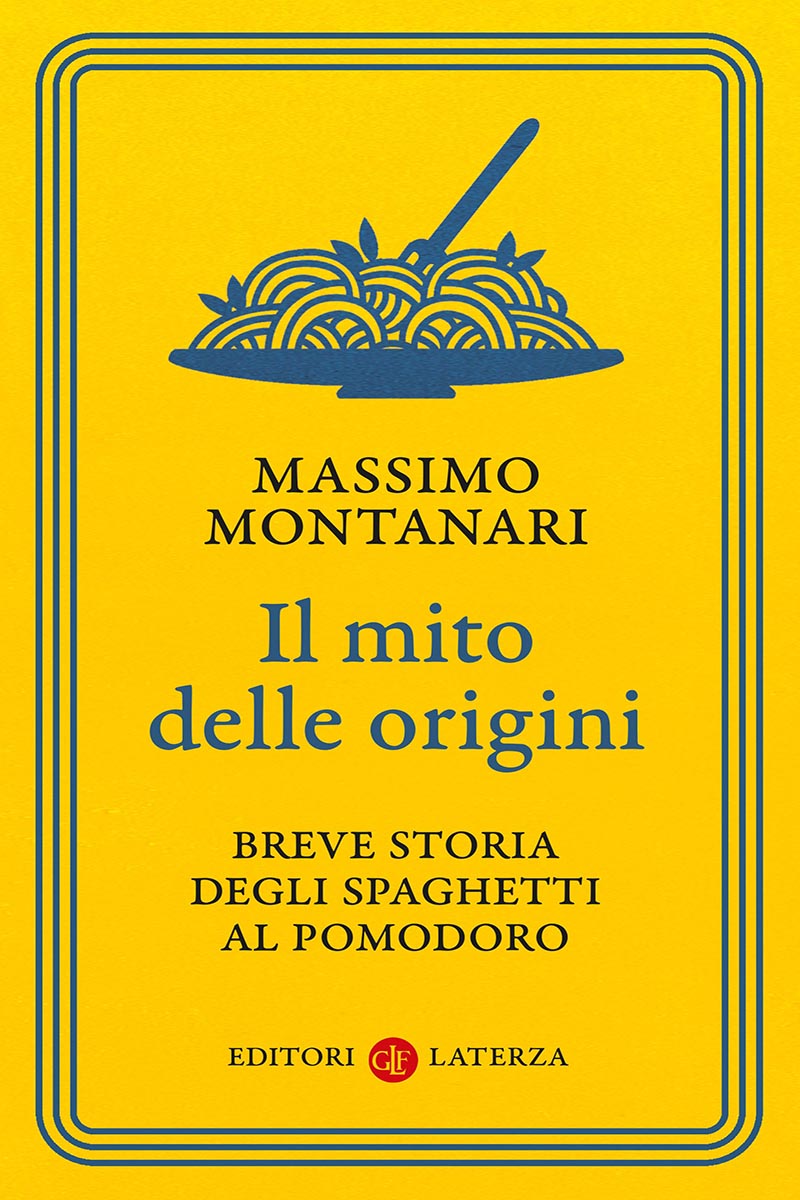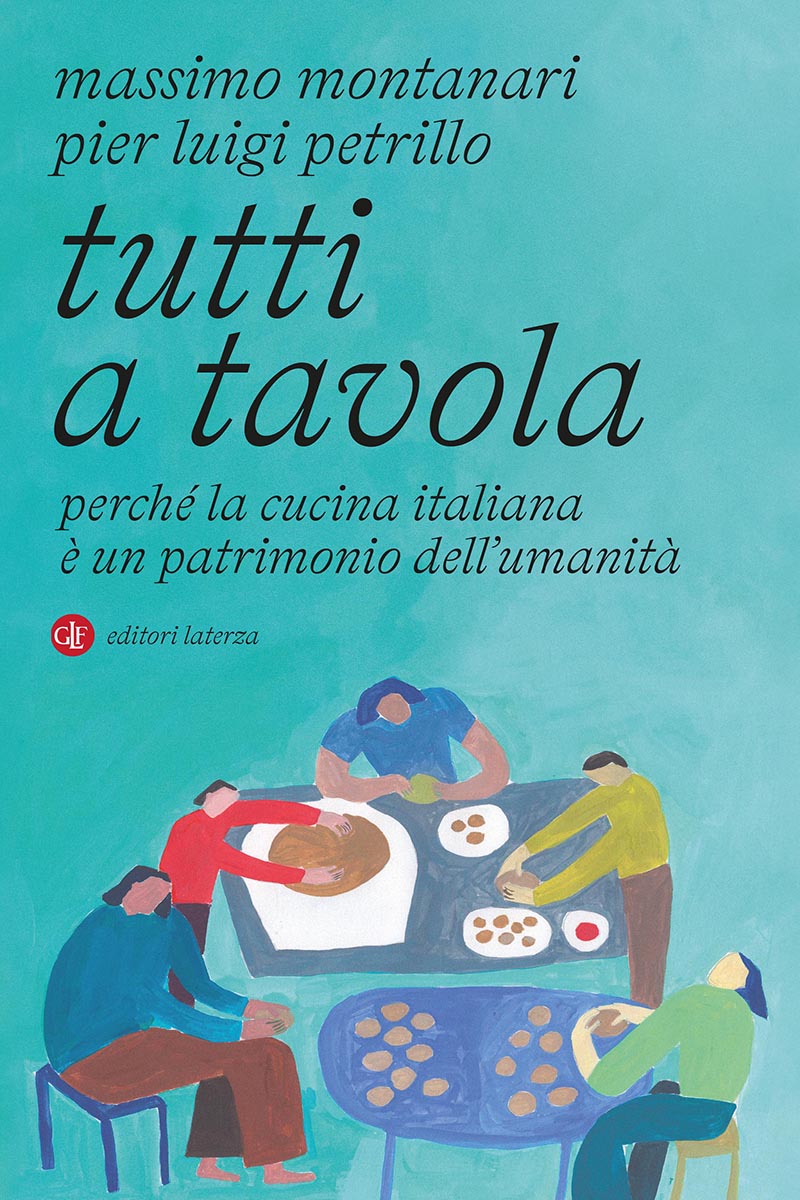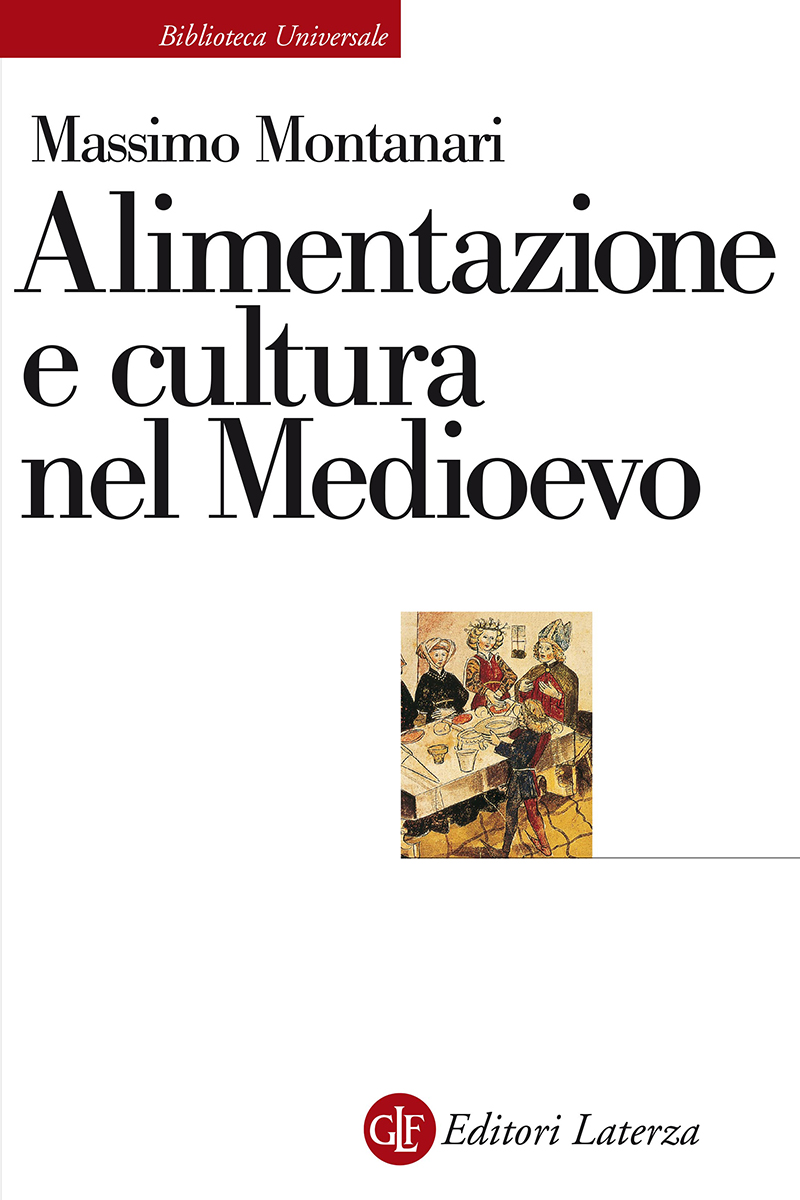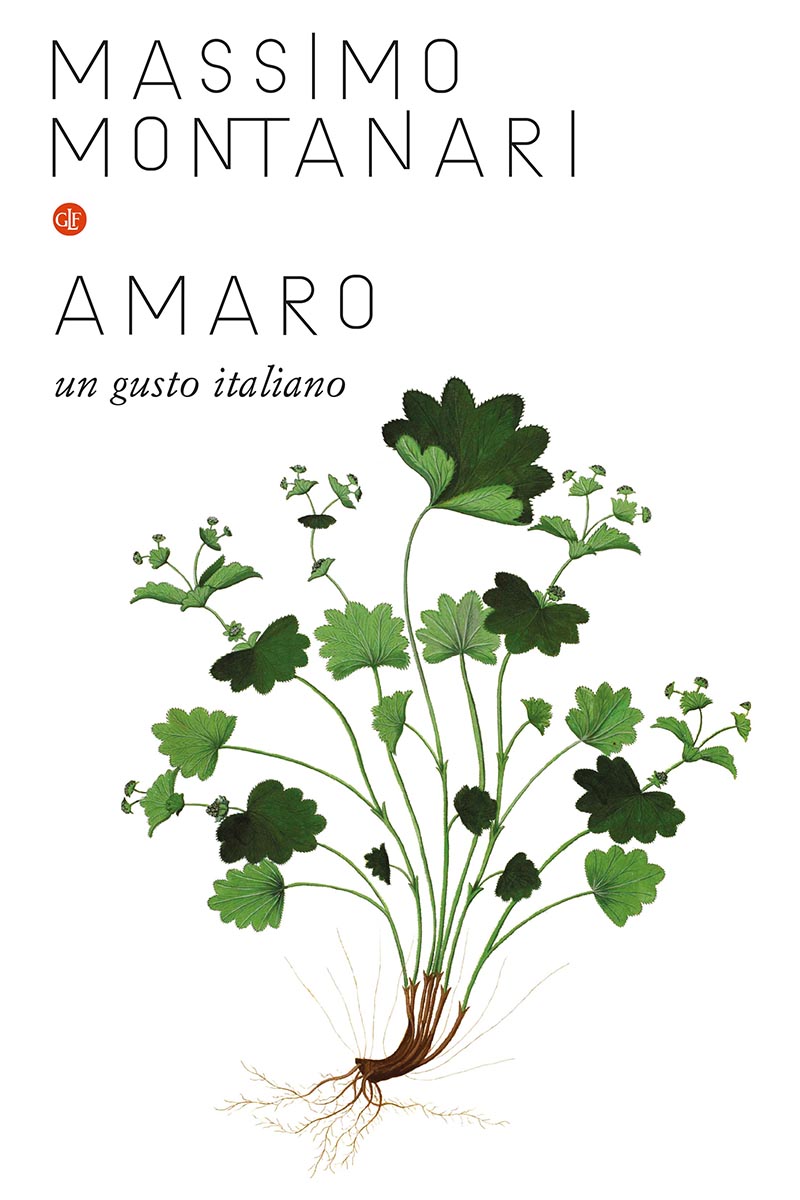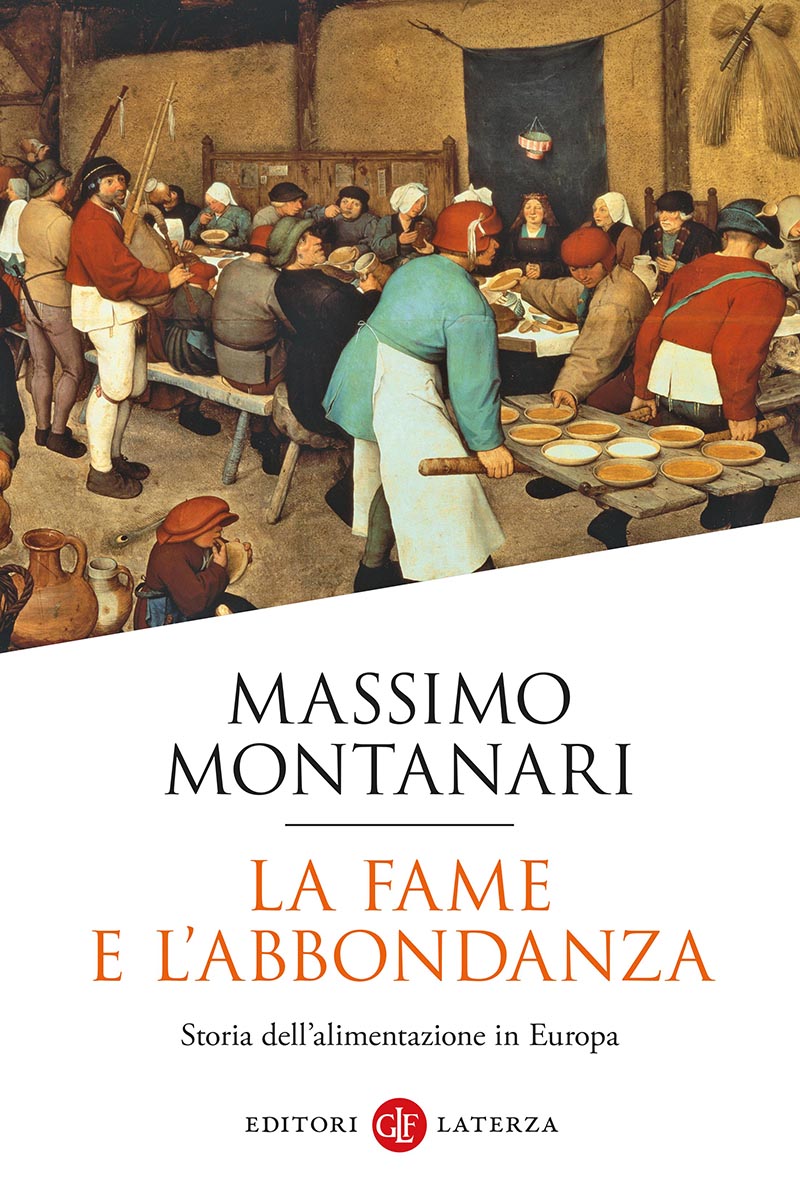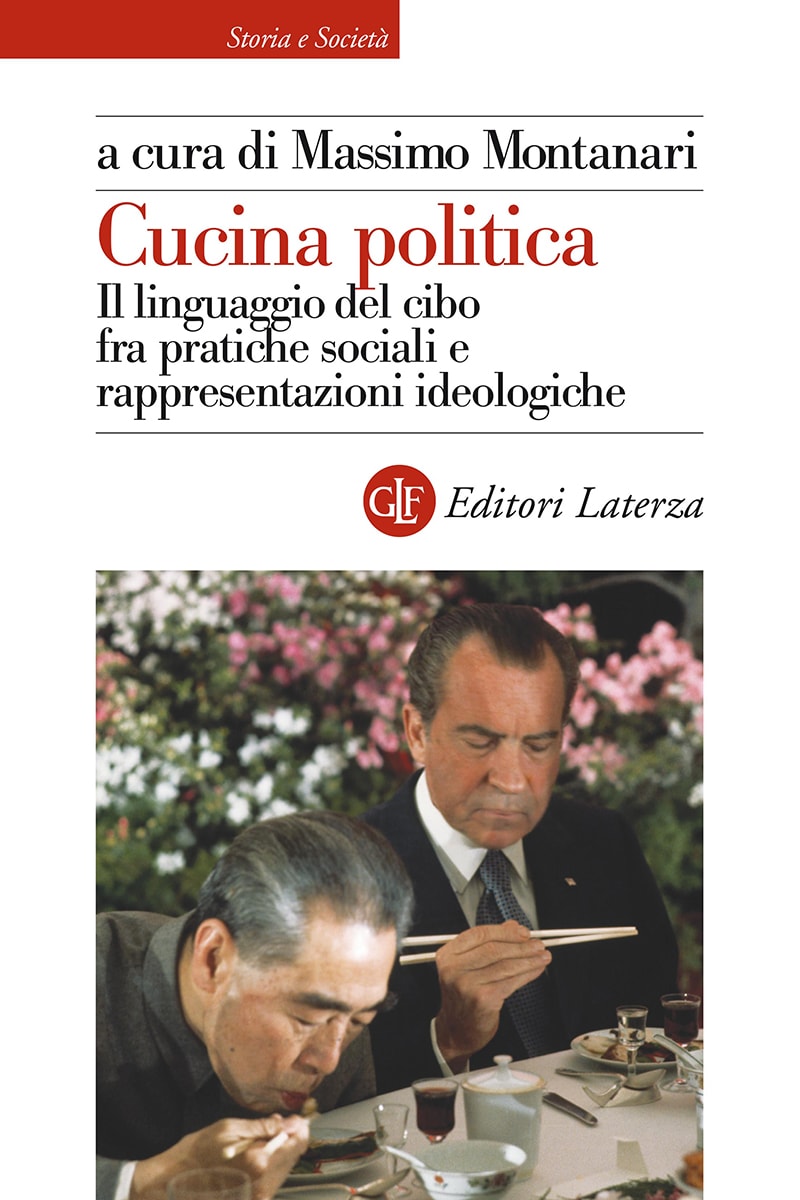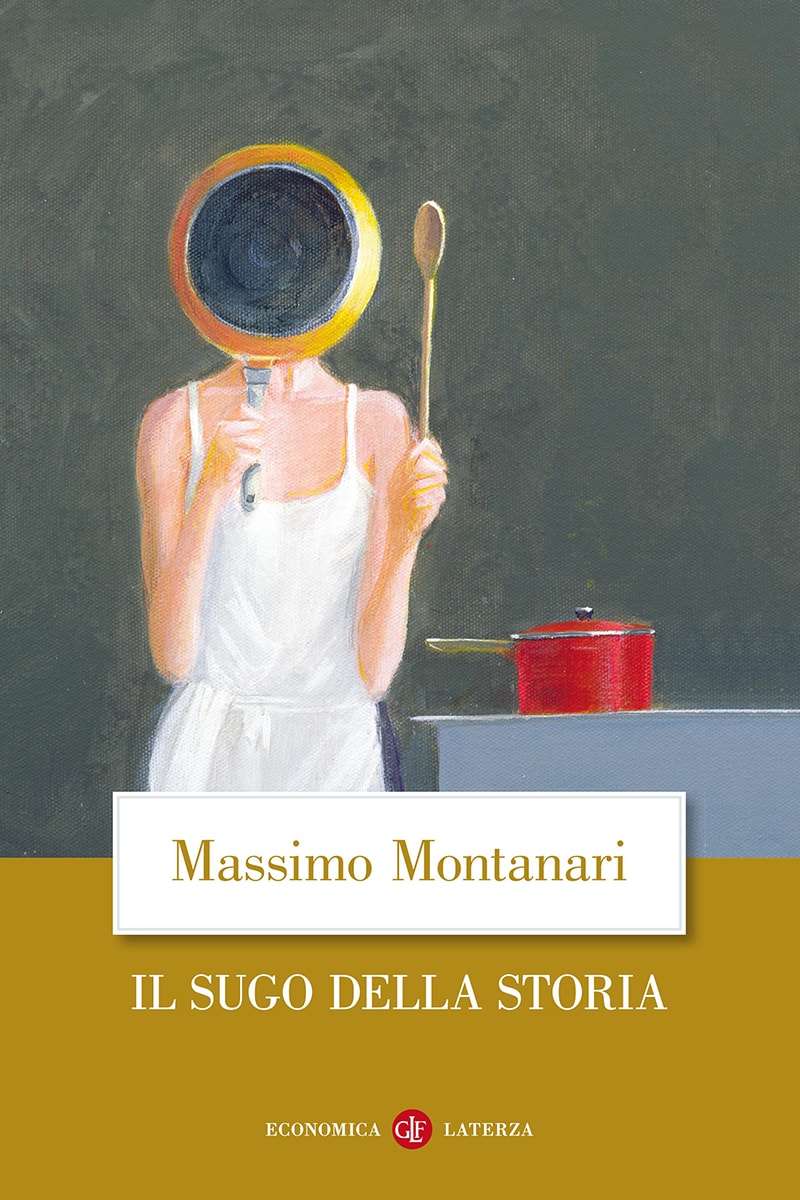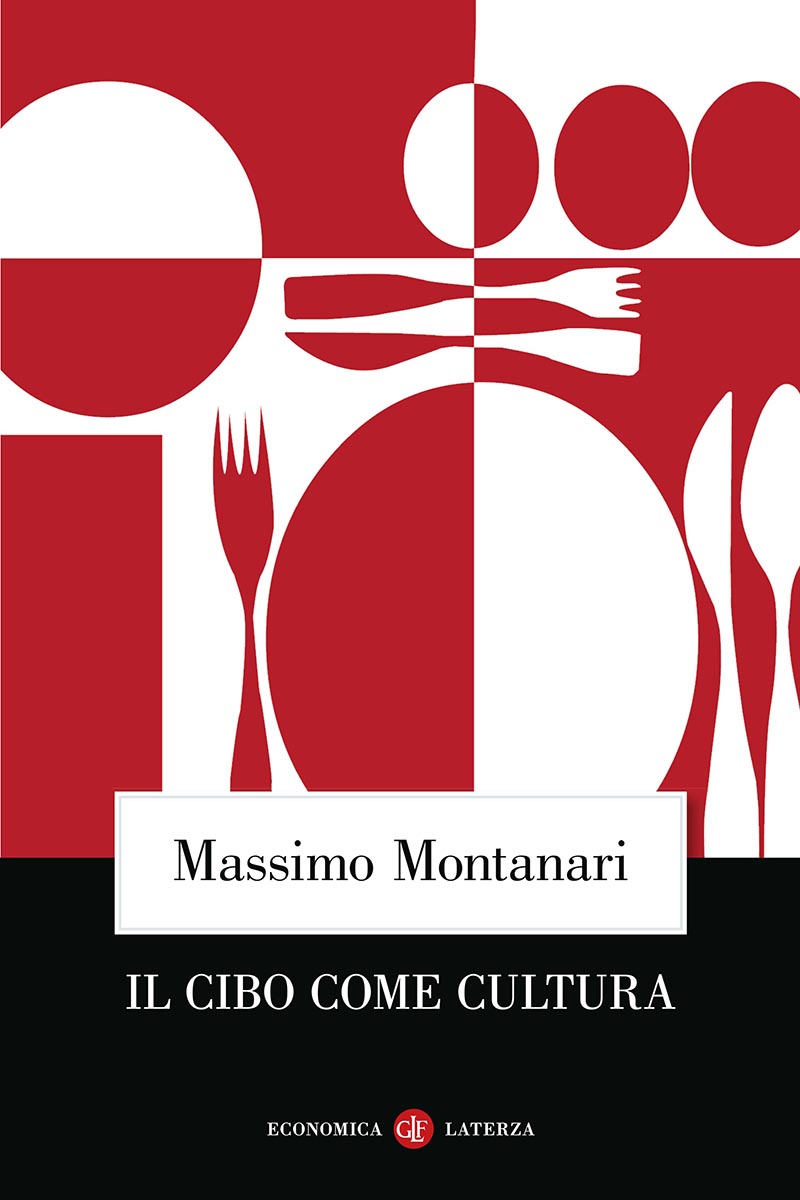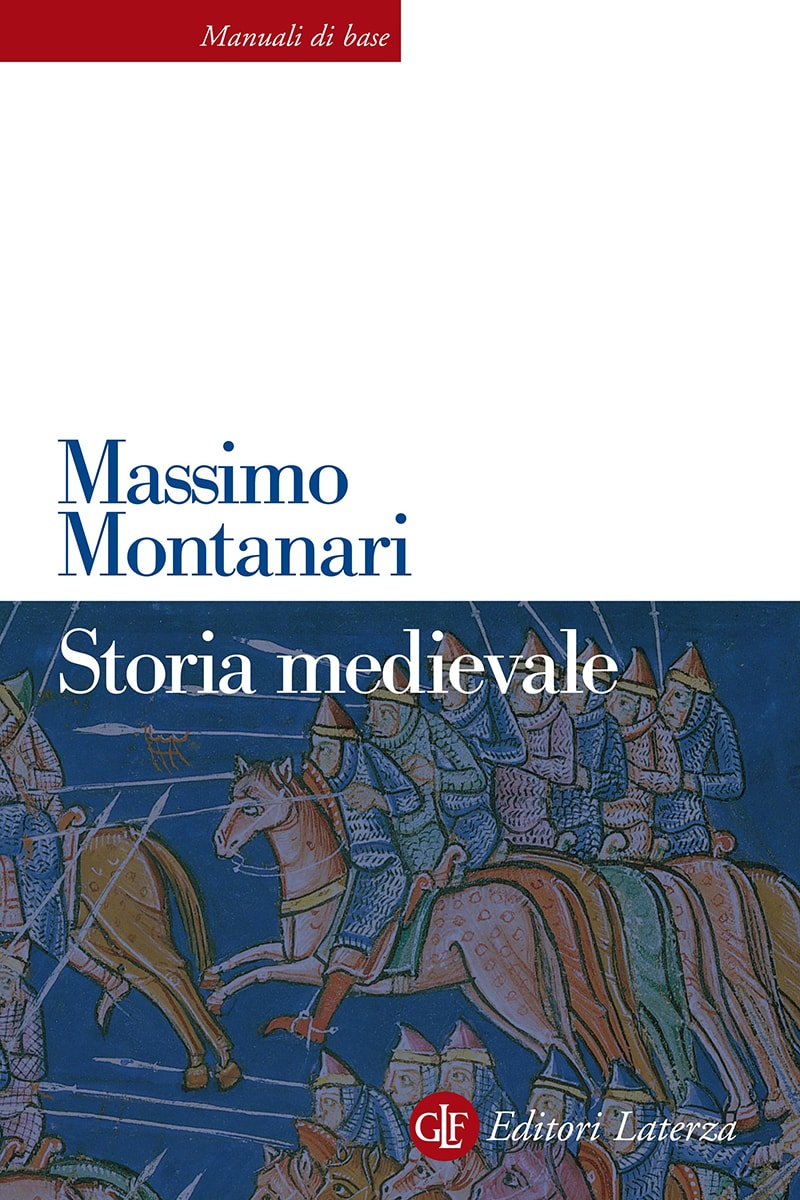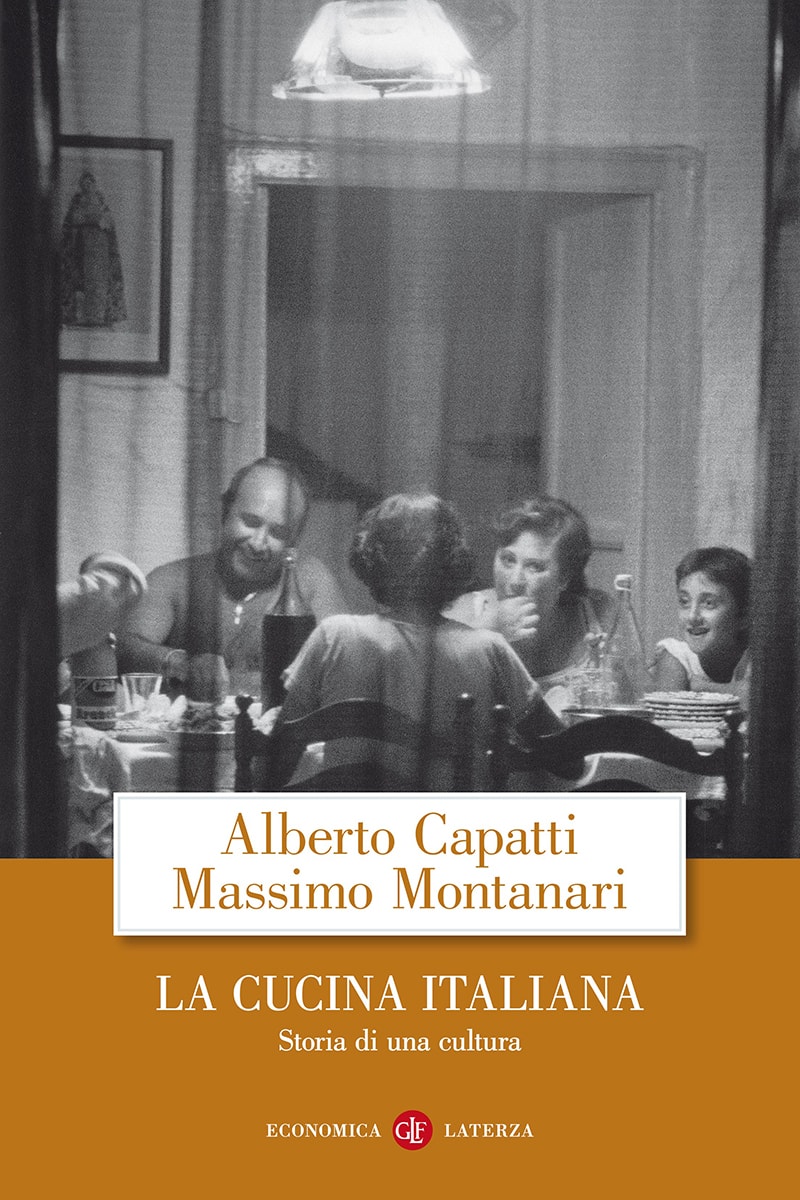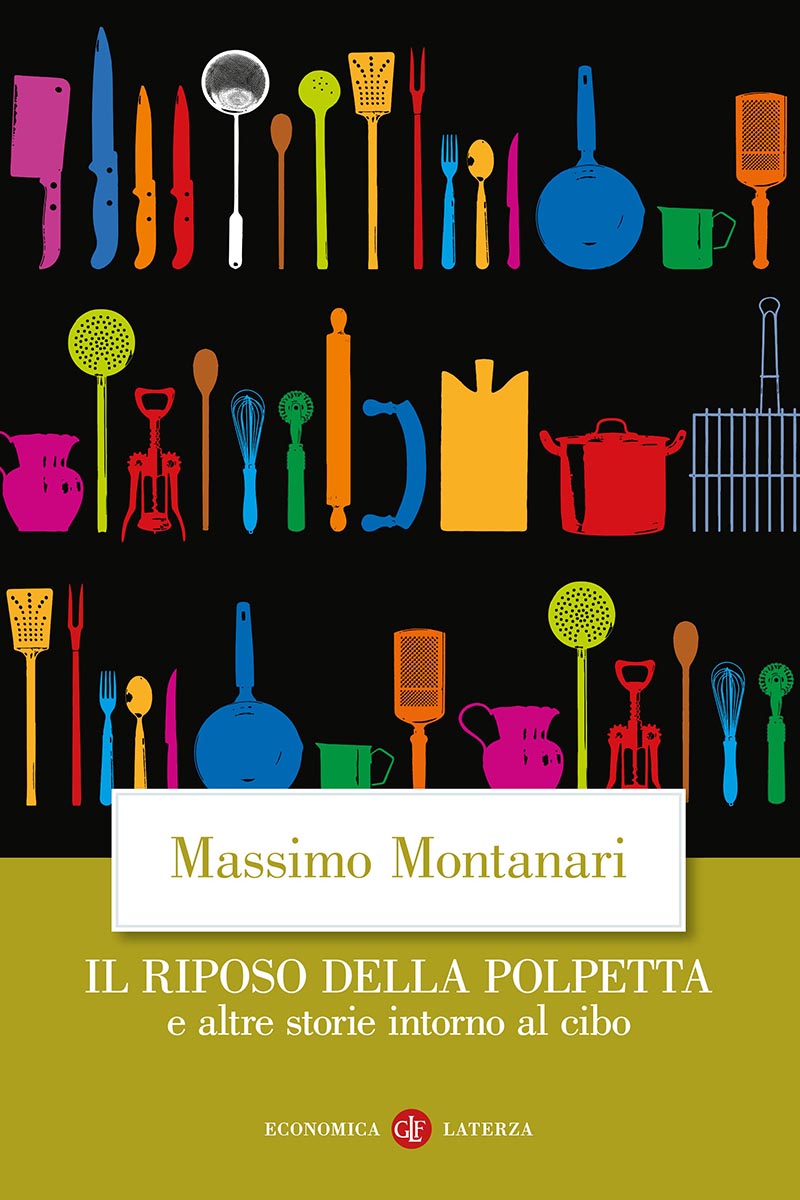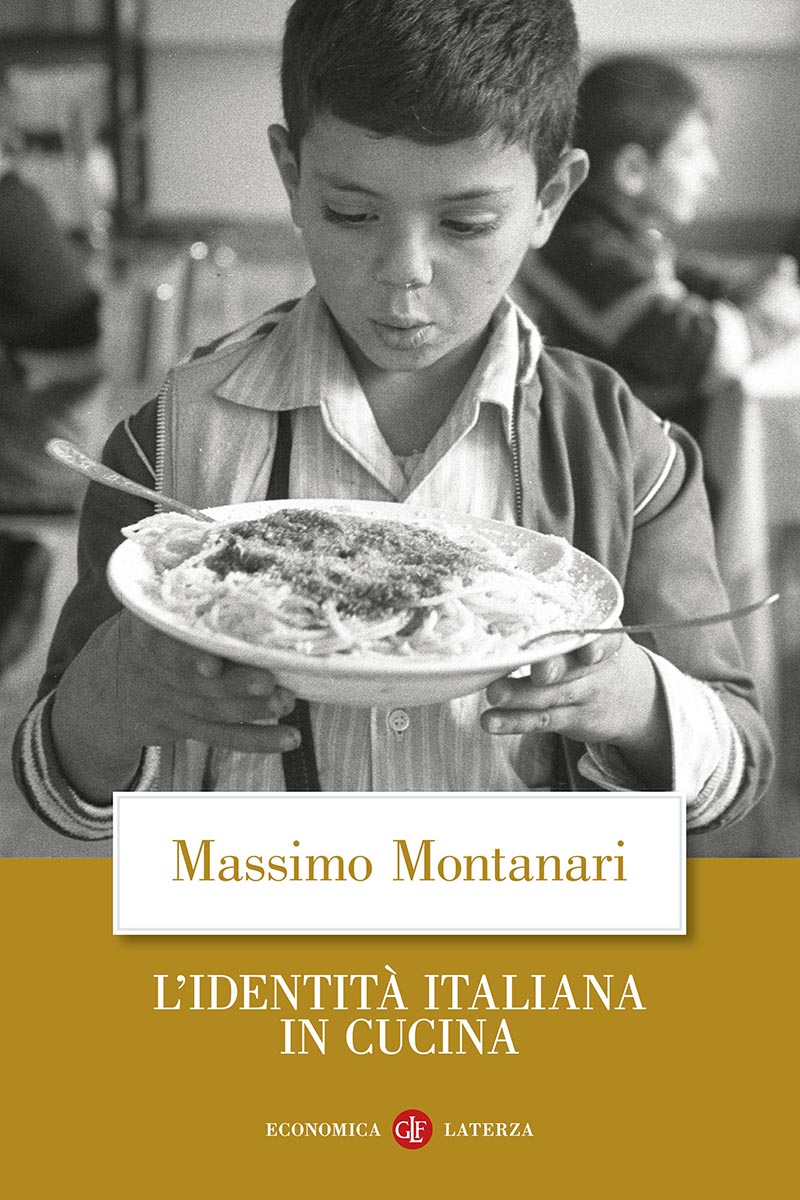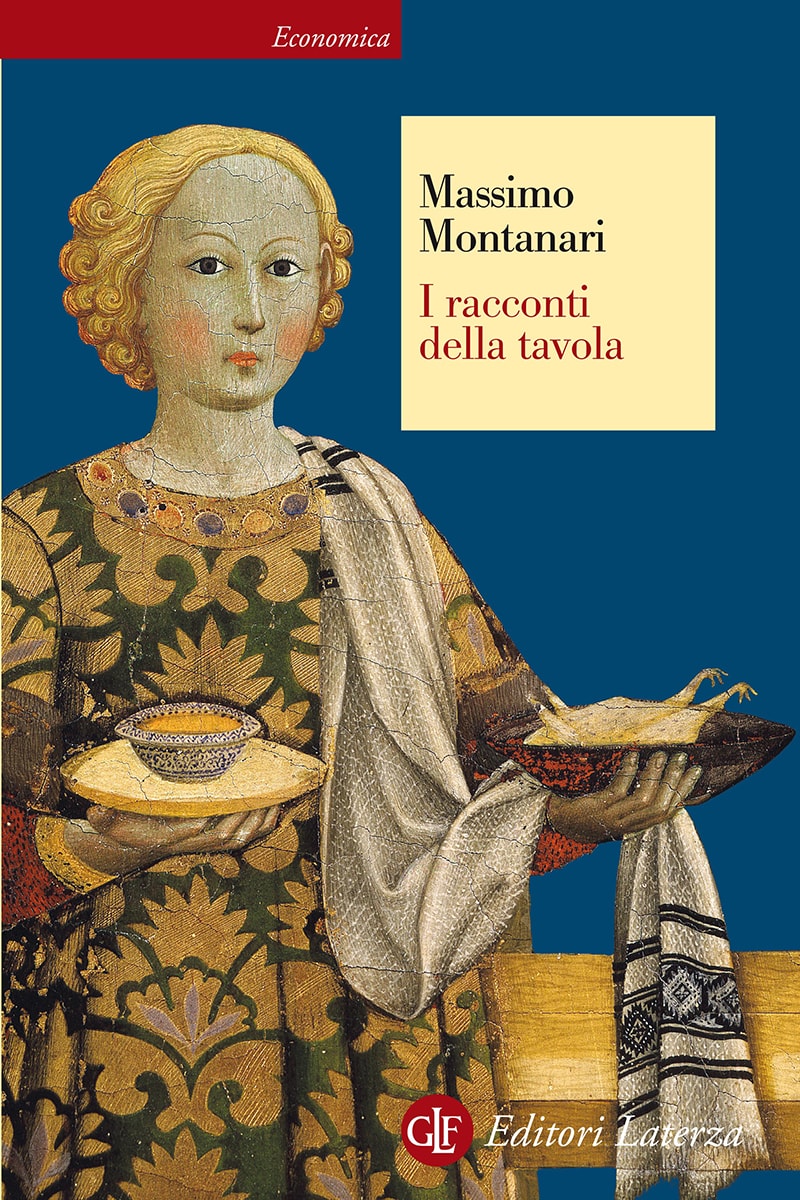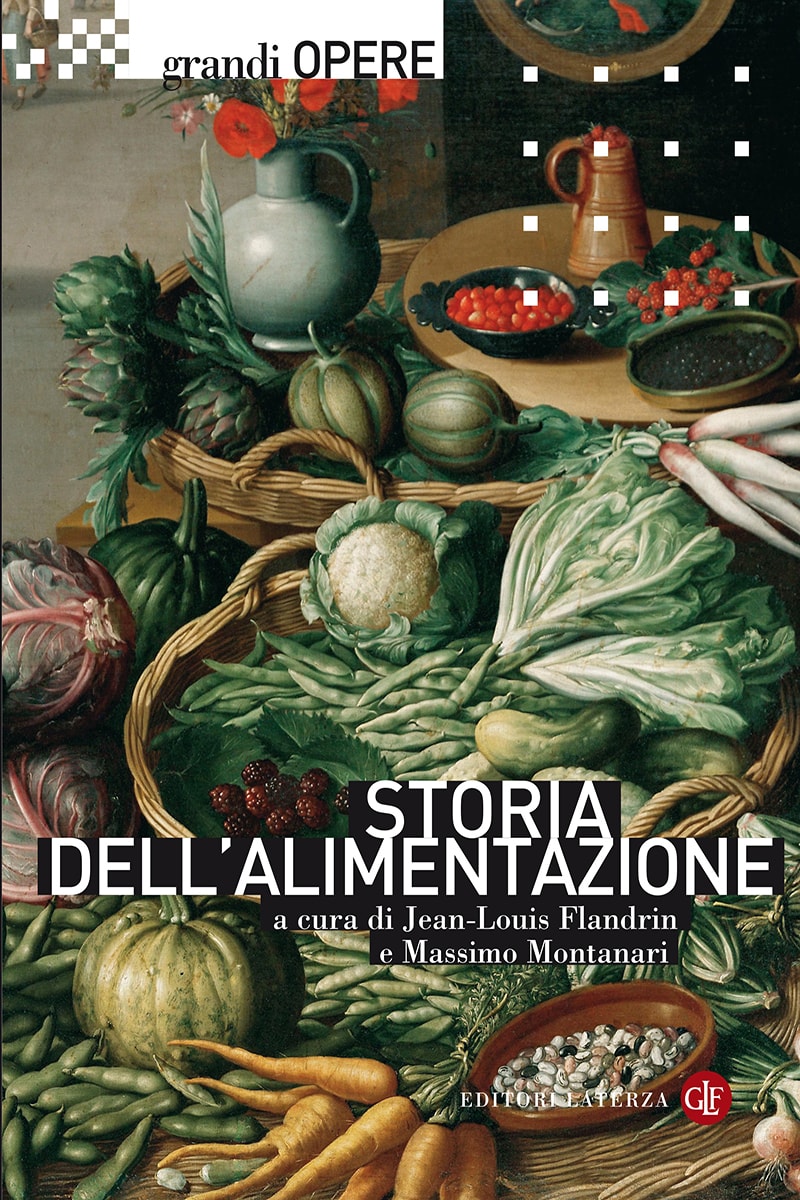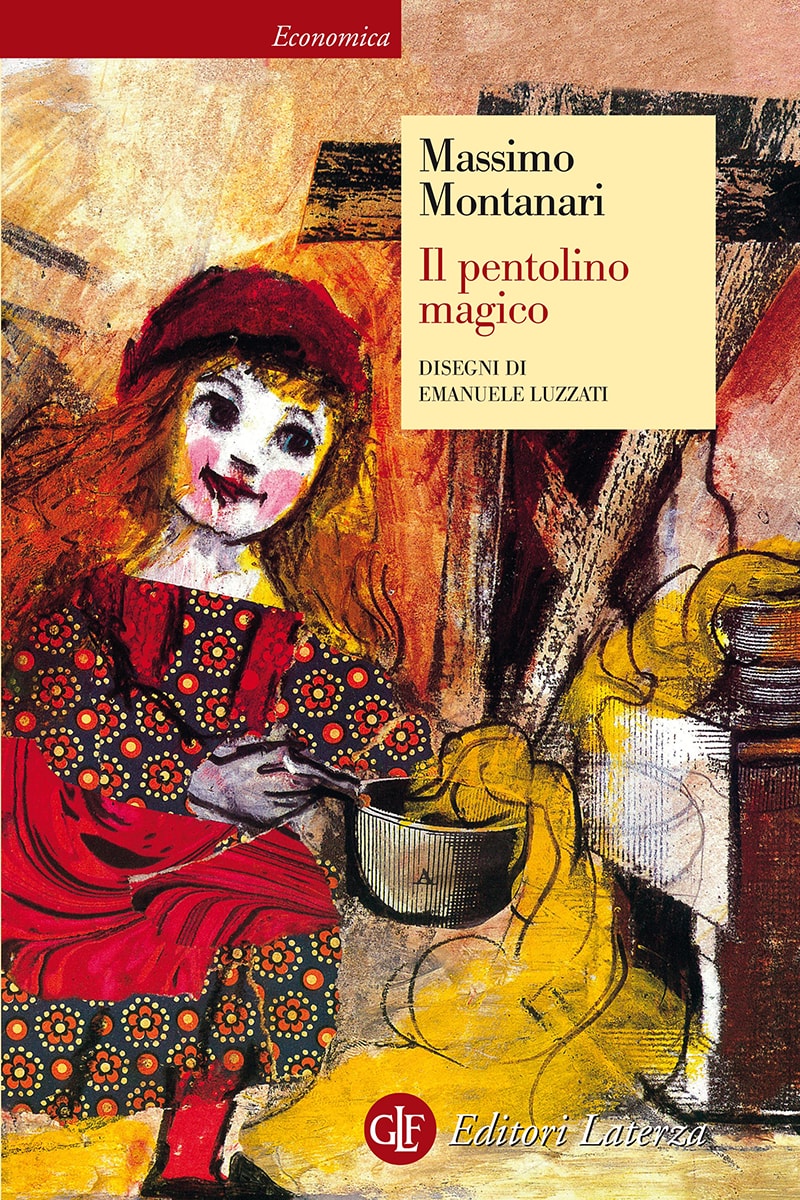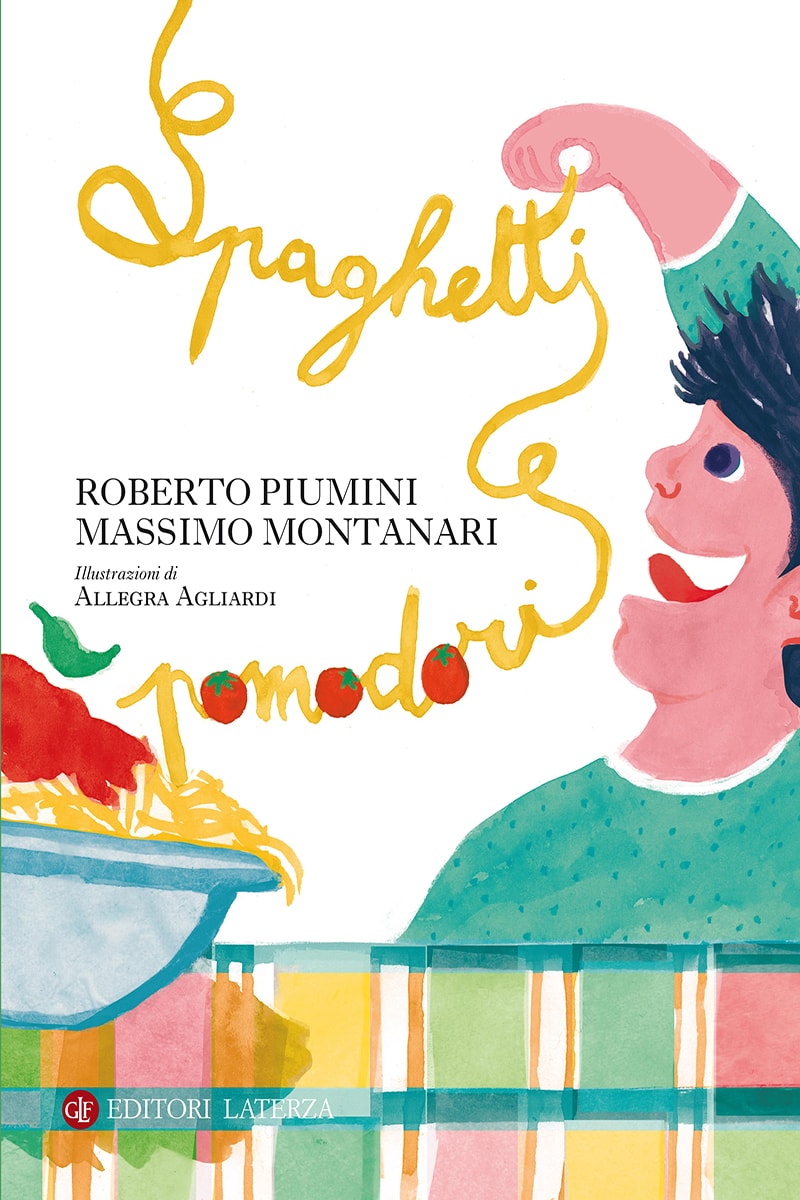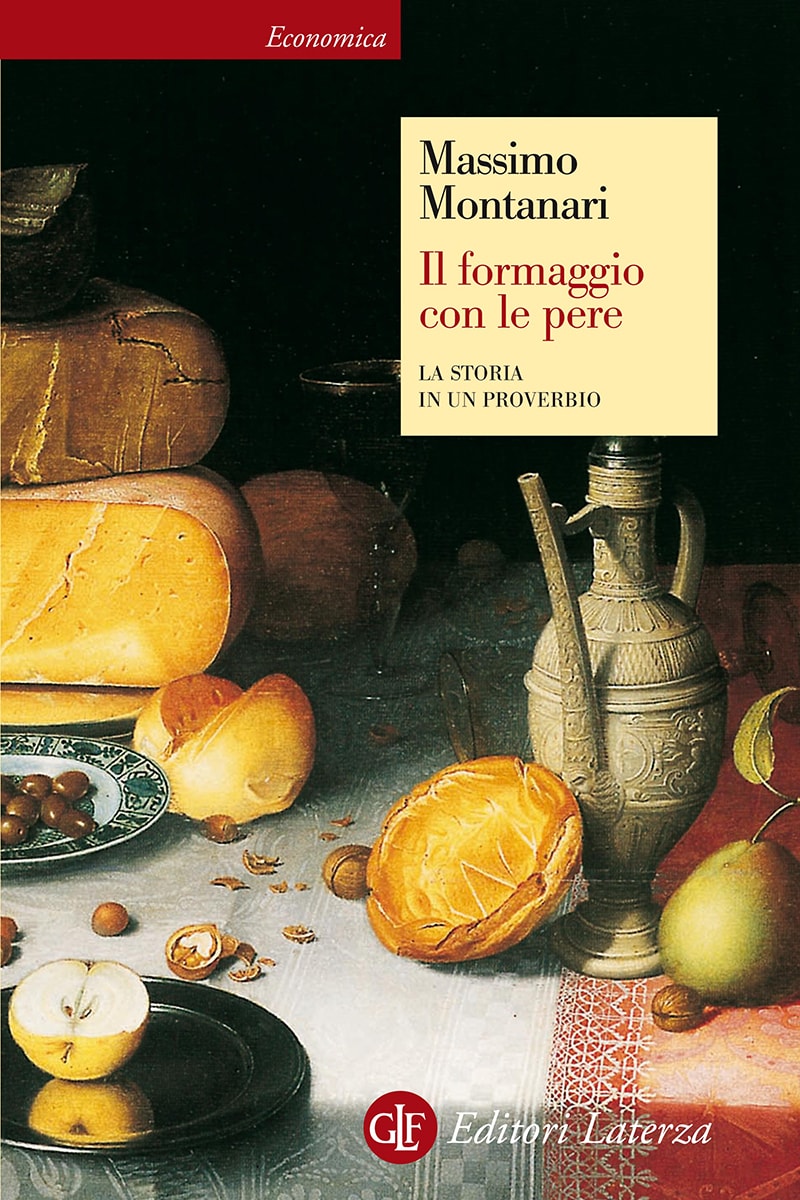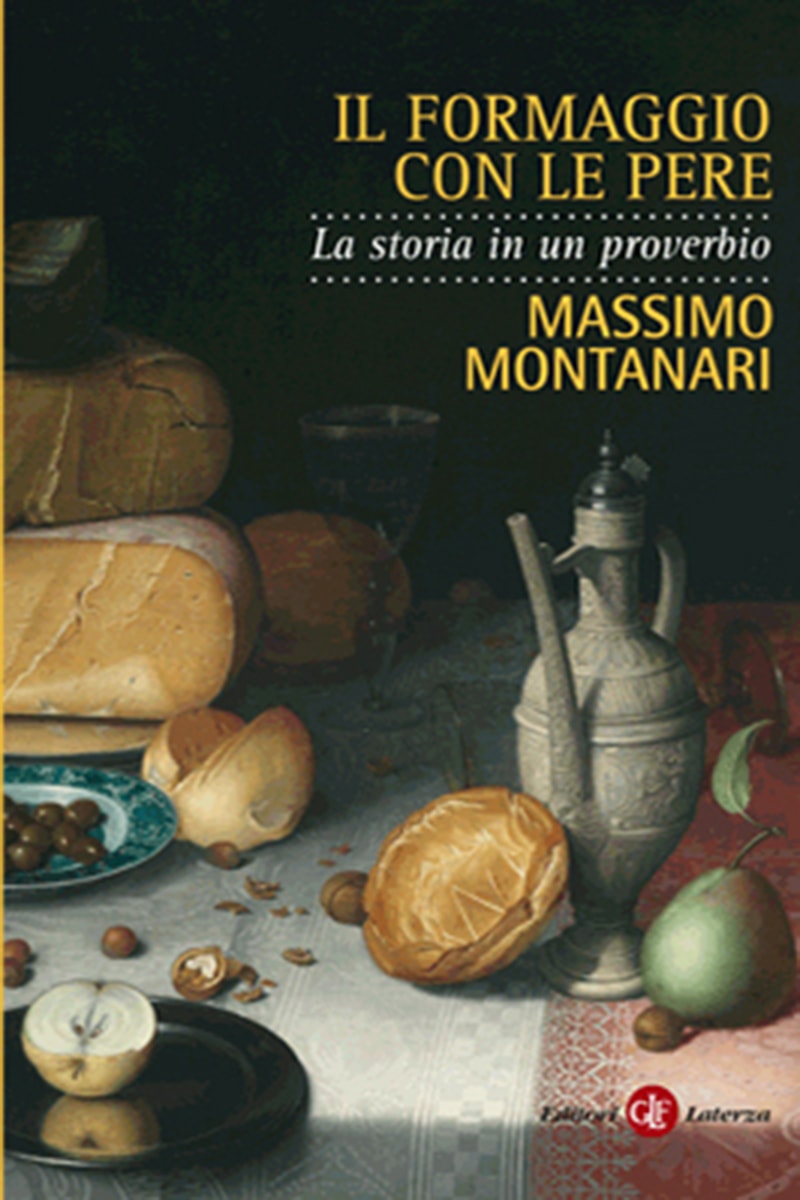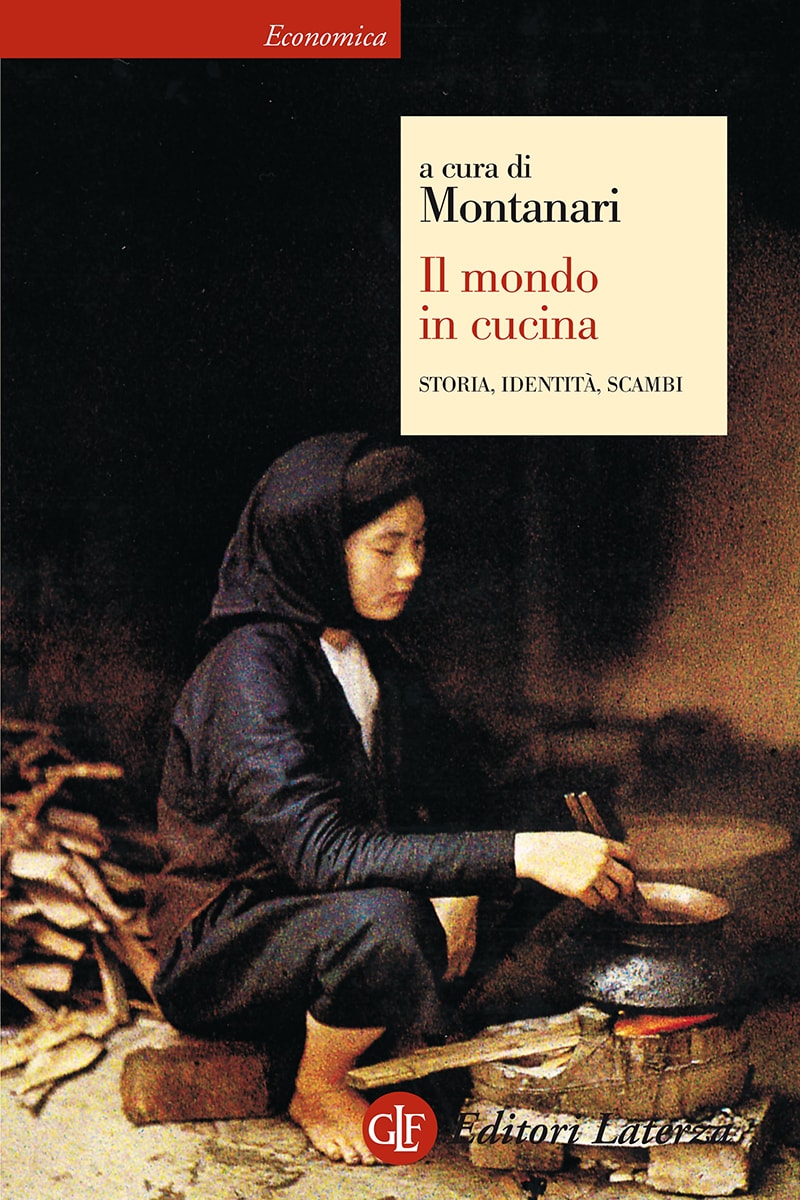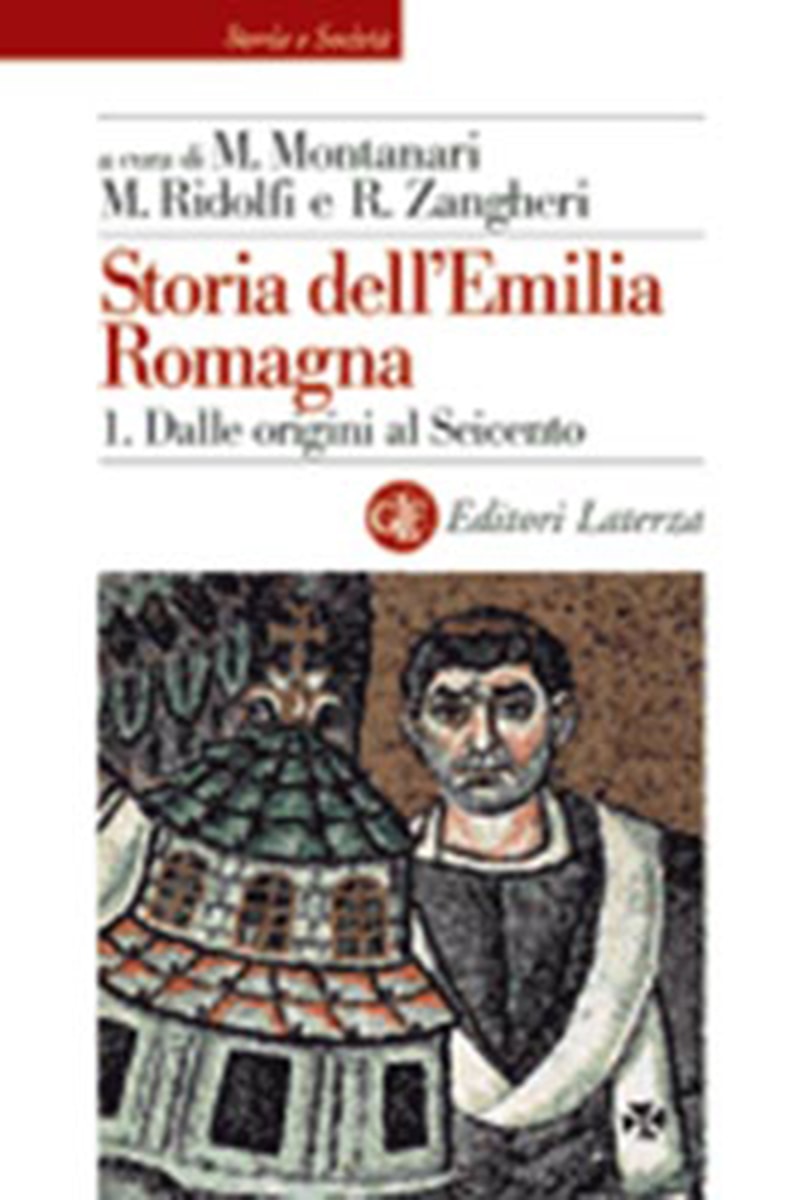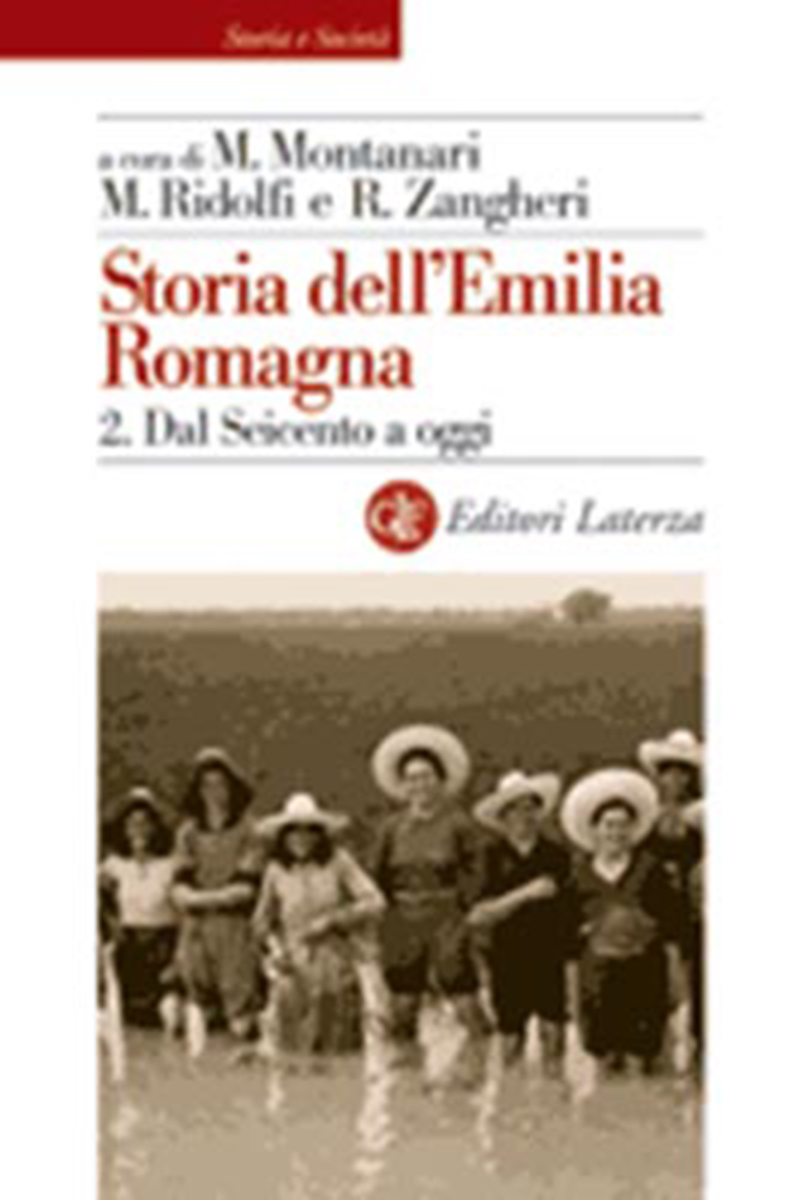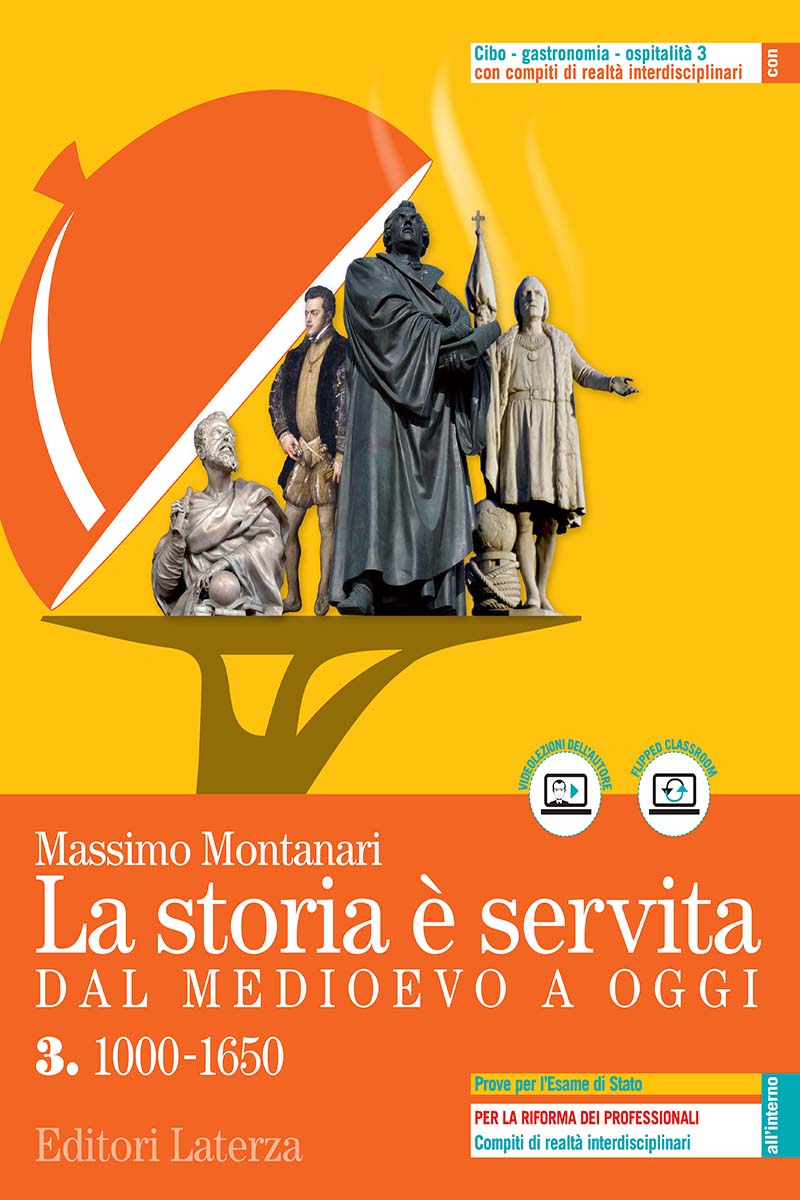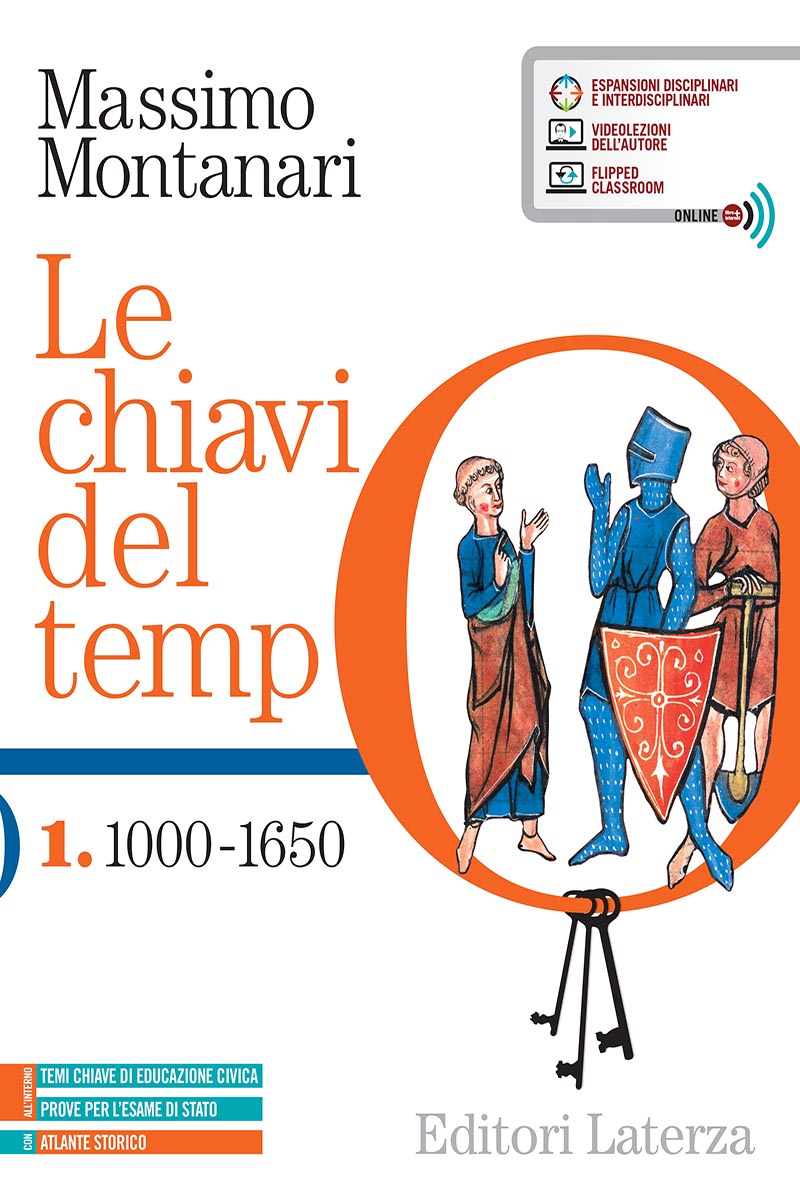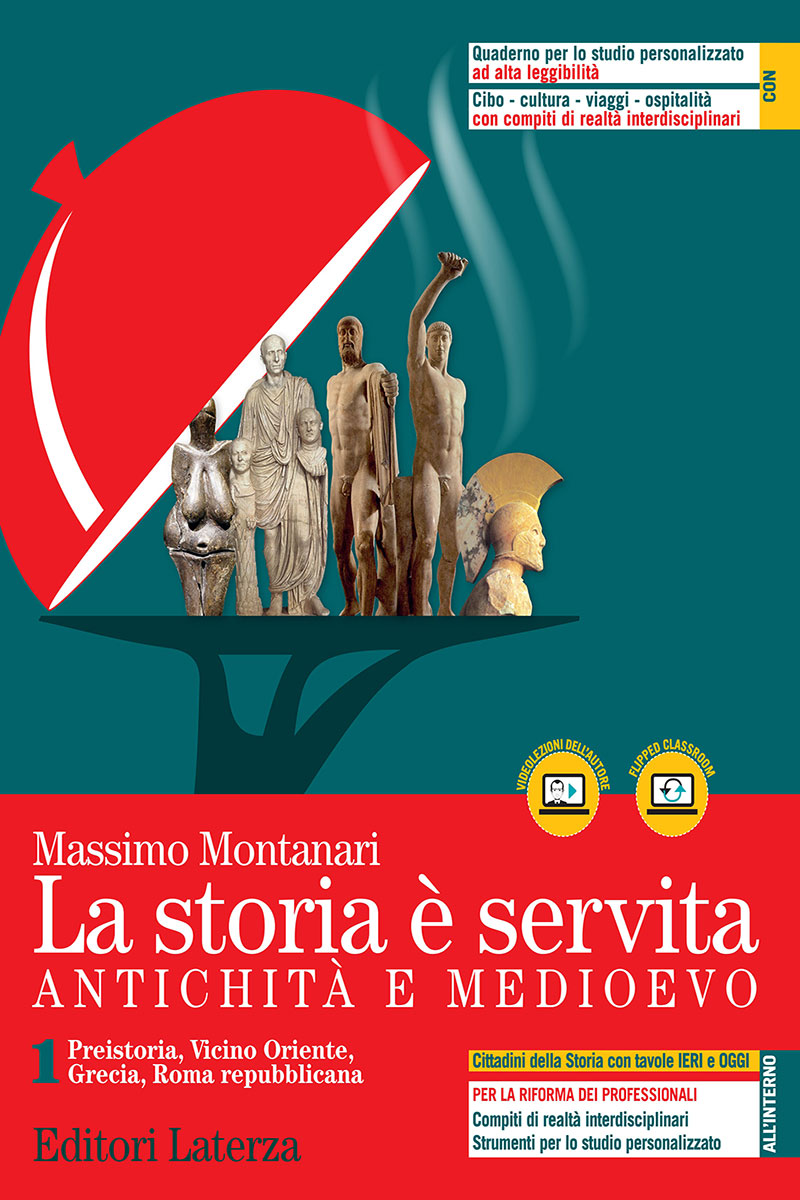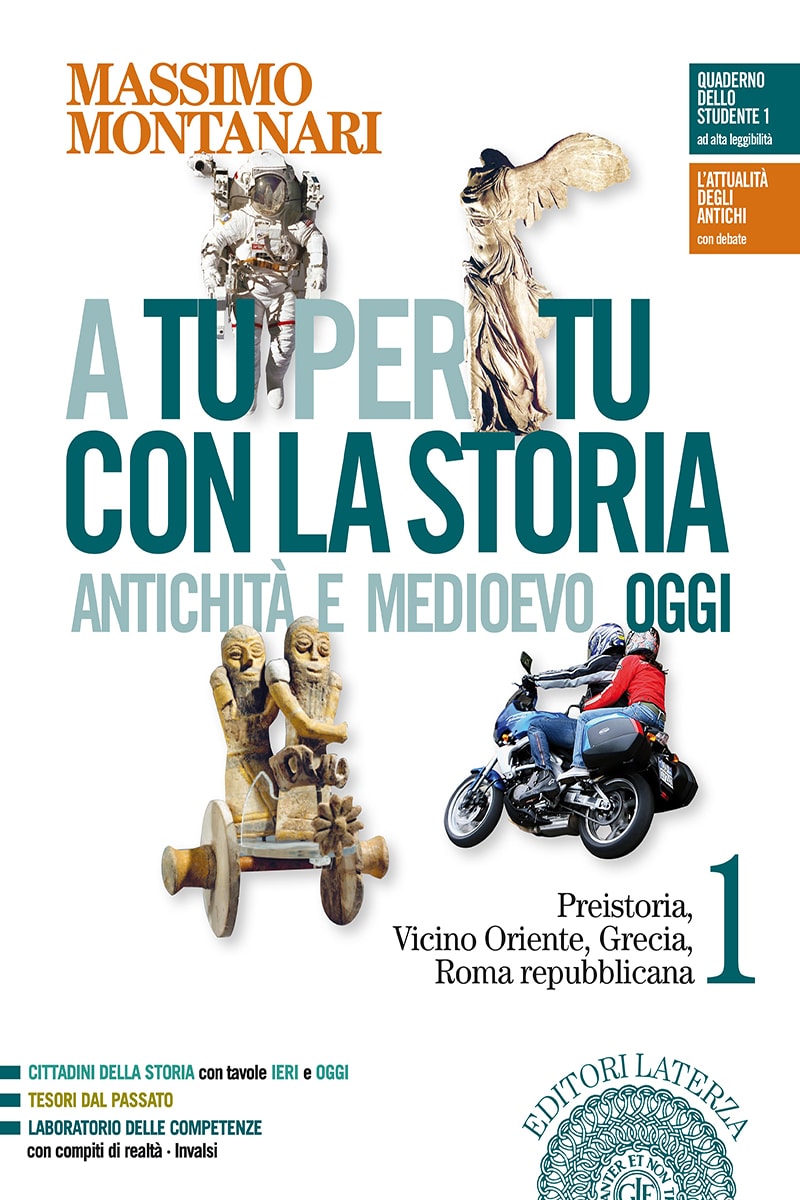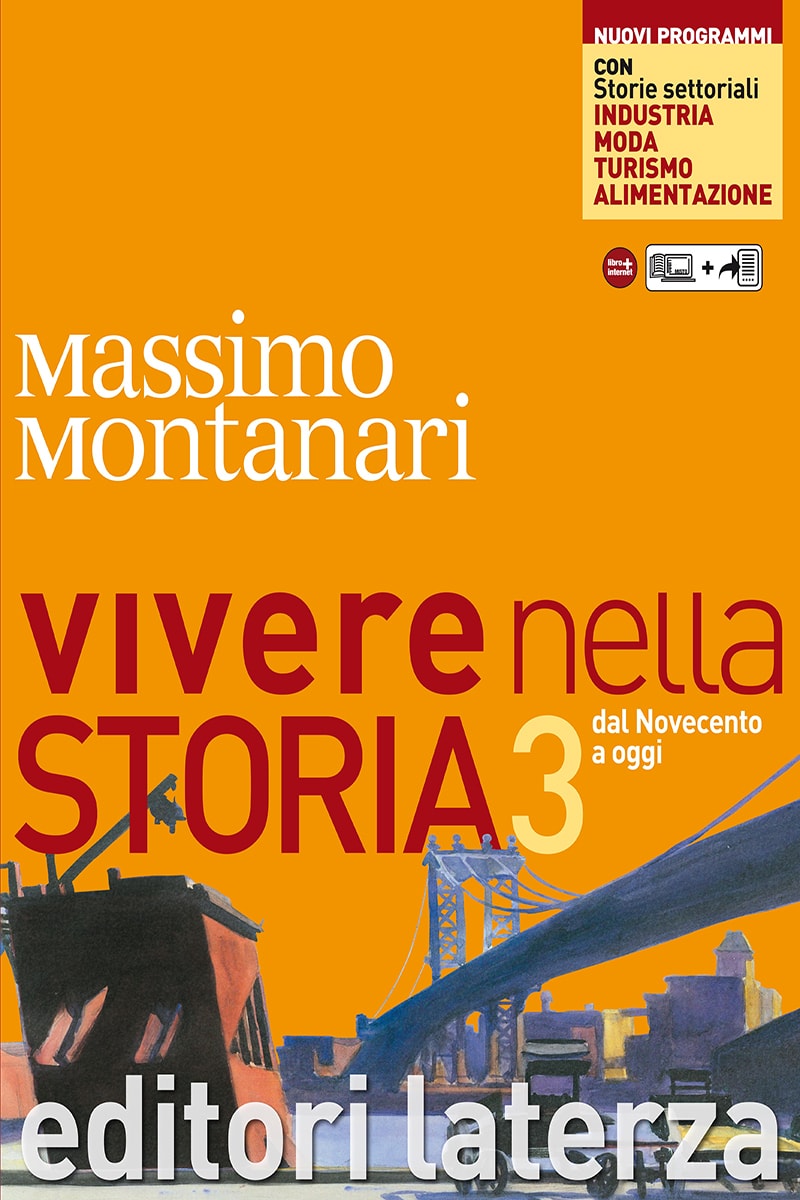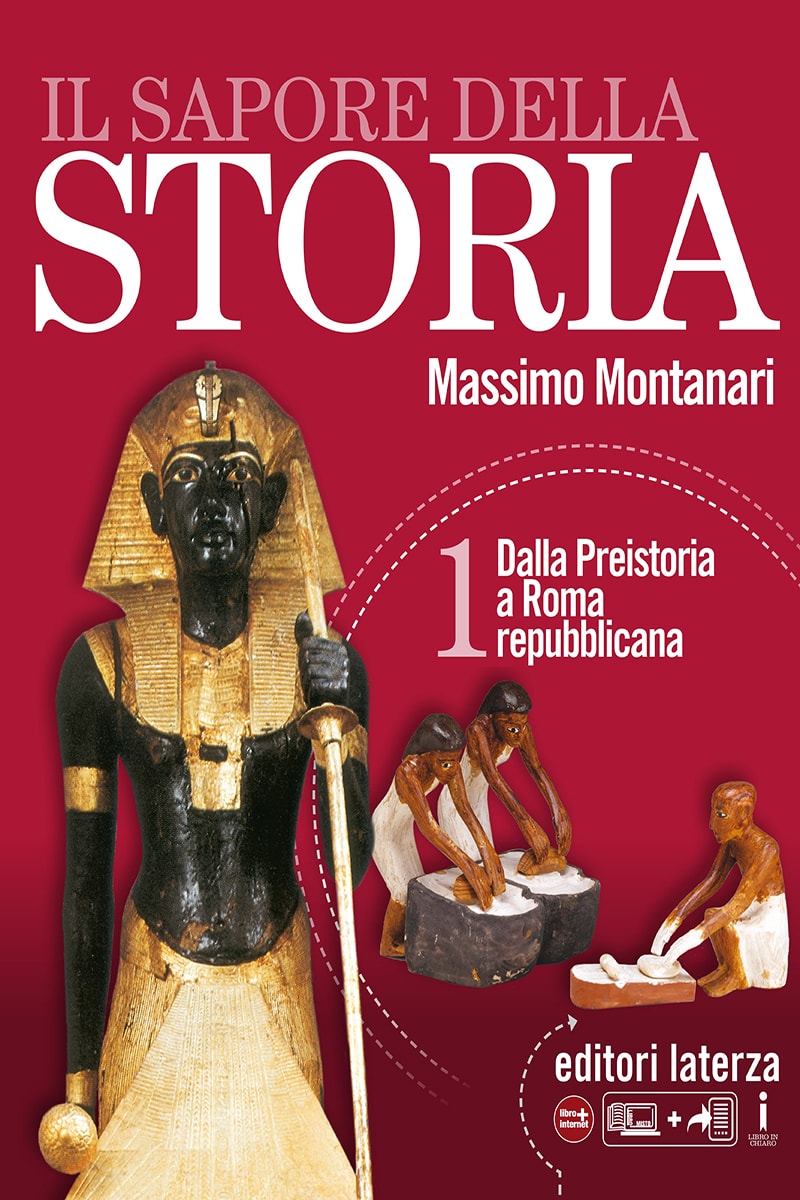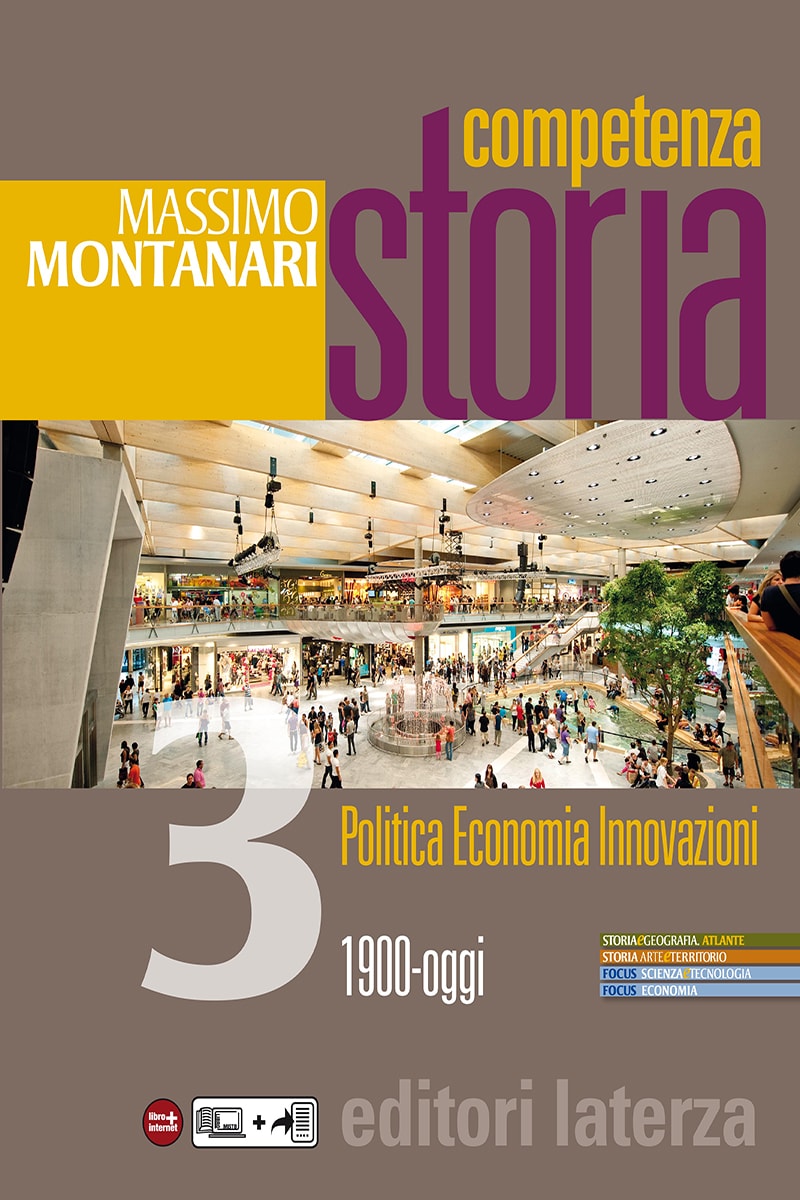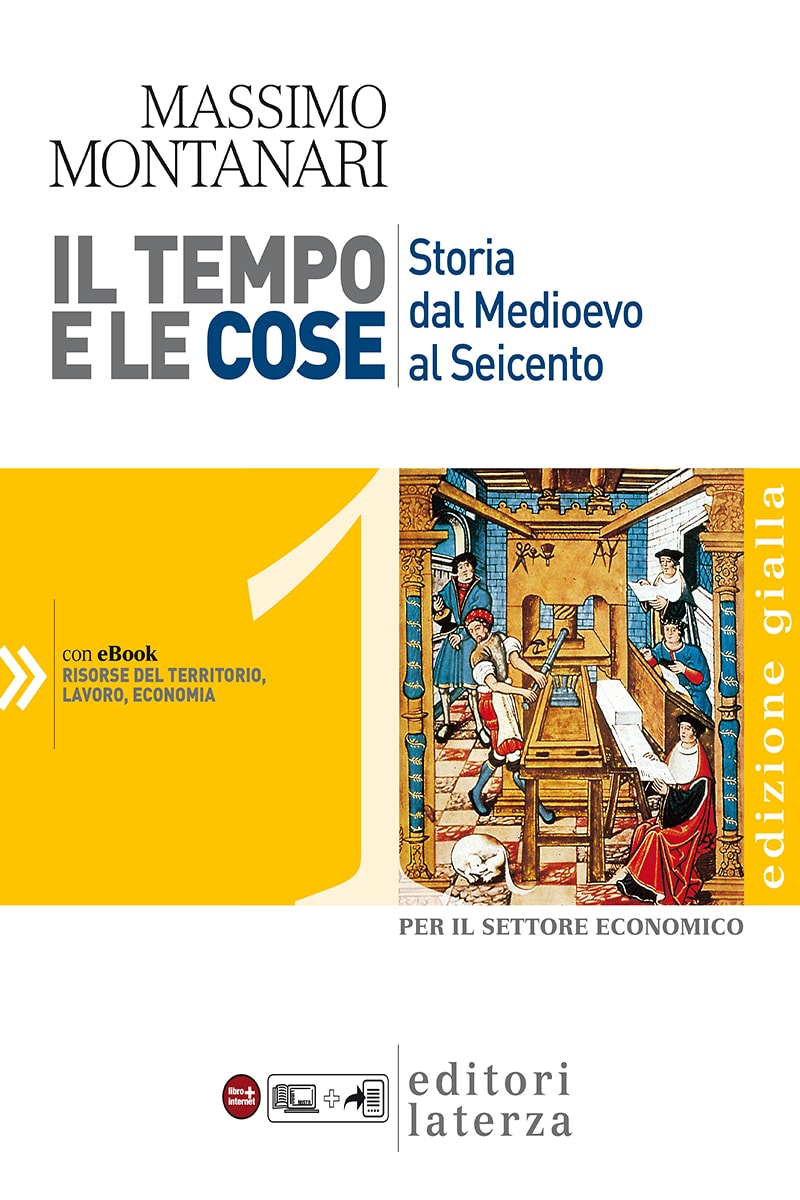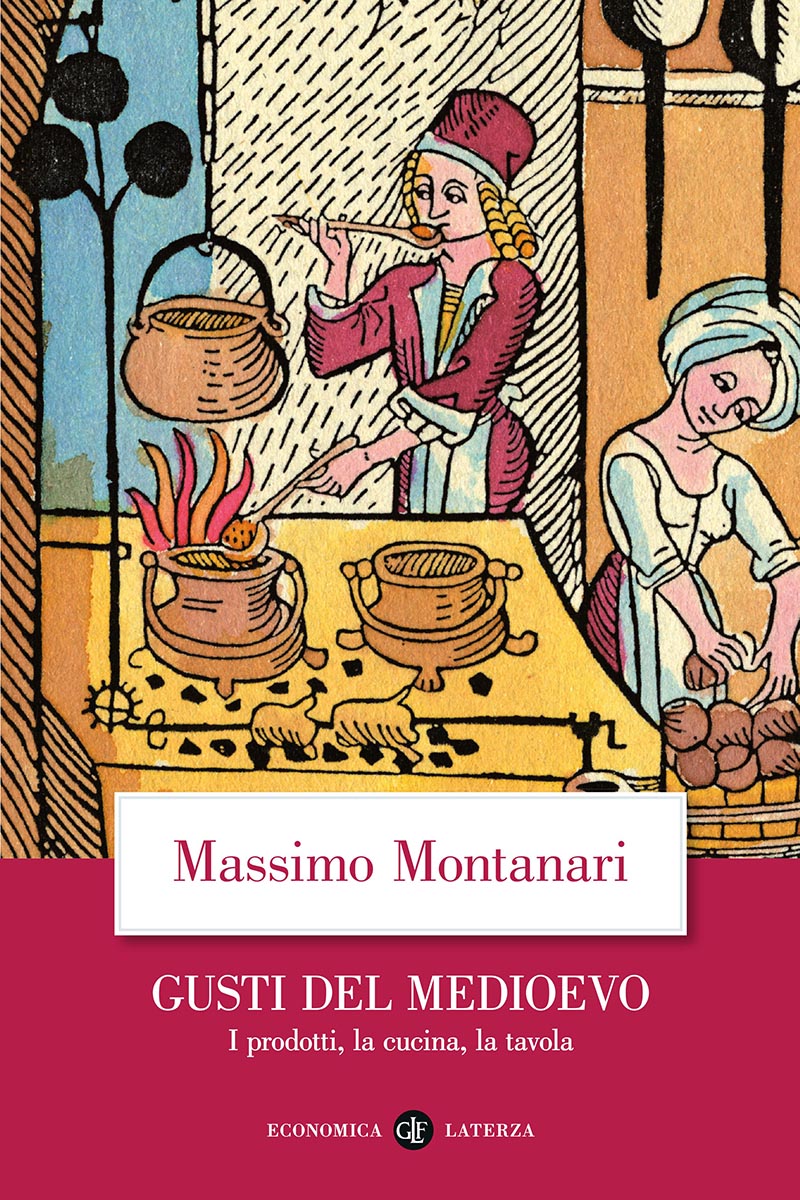
Pages: 292
Series: EL
ISBN: 9788858115640
Medieval Flavours. The food, the cooking and the table
RIGHTS SOLD TO:
Columbia UP (USA)
Taste means knowing: being able to draw a distinction between what is good and what is not.
The history, anecdotes and curiosities of medieval cooking as told by Italy’s best-known food historian.
Taste is not an incommunicable and individual experience but a collective and a communicable value – which has been handed down to us since our birth. We know how to distinguish flavours and classify them in tasty and disgusting just because someone has taught us.
If contemporary cooking tends to distinguish between flavours – sweet, salty, bitter, sour, and spicy – and reserving an autonomous space to each of these, Renaissance, medieval, and even further back in time, old Roman cooking had developed a model based mainly on the idea of artifice and on the mixing of flavours. Moreover, medieval cooking was basically low-fat: the sauces based on oil and butter are a modern invention. To make the sauces accompanying meats and fish, most cooks used acidic ingredients such as vinegar, citrus fruit juice and wine. Other dishes instead continue to be a strong marker of contemporary culinary identity: pasta, a fundamental leitmotif in the long history of Italian cooking, but also polenta, bread and many flour-based preparations, which have guaranteed the survival and pleasure of individuals over the centuries.


